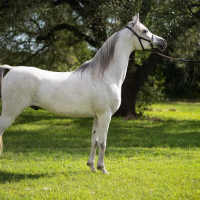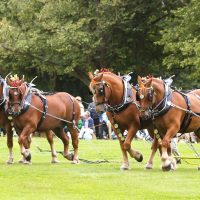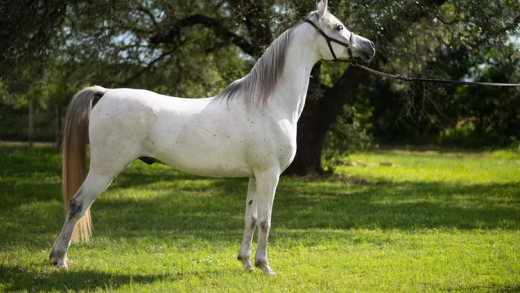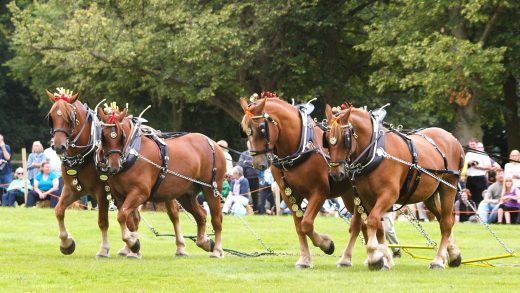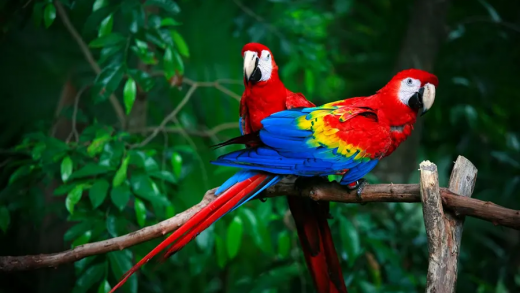Table of Contents
Introduction
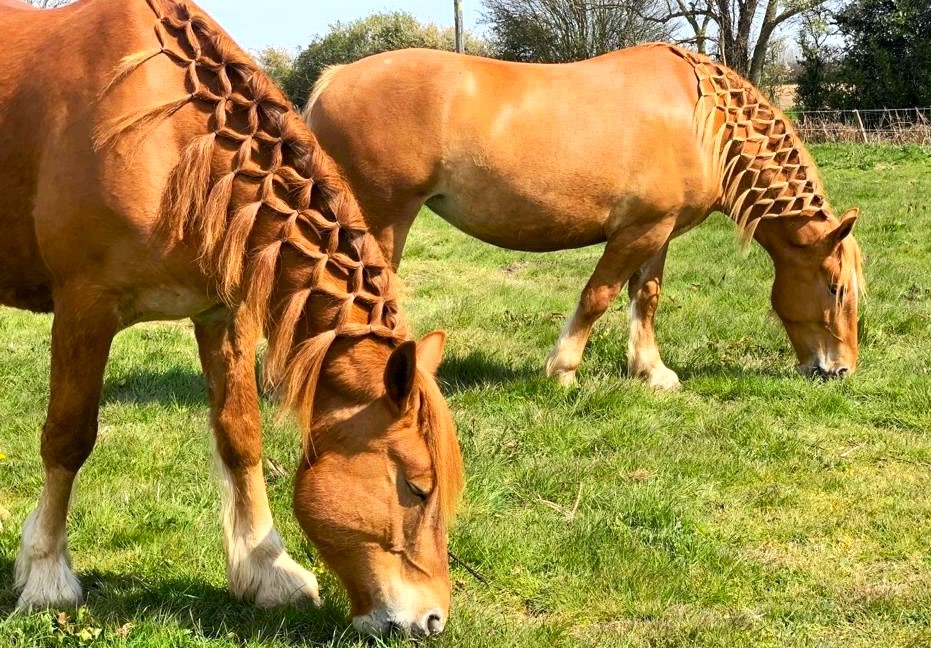
Suffolk Punch Horses are one of the oldest and most important big draft horse breeds in England which is famous for its toughness and strength. Since the early 16th century, these horses which are native to Suffolk in eastern England have long been valued for their contributions to agriculture and heavy transportation. This combination of a powerful built on top of a strong sheer size and cool cooperative behavior has made them a perfect type of horses for very strict farm work and as well as other heavy duty works.
Even though the modern technology might have reduced their numbers they still represent a valuable living connection with rural tradition through the conservation action that has taken place for a long time making this working horse breed survive.
Quick Facts
| Name | Suffolk Punch |
| Origin | England |
| Size | 6.1 and 17.2 hands high 1.64 to 1.75 meters |
| Lifespan | 25 – 30 years |
| Coat | Liver, Dark, Red, Light, or Bright chestnut |
| Temperament | Gentle, calm and intelligent |
| Exercise Needs | Low |
| Health Issues | Equine Polysaccharide Storage Myopathy (EPSM) and lymphedema |
| Grooming Needs | Medium |
| Price | $5000 to $25,000 |
History of Suffolk Punch Horses
The origins of the Suffolk Punch can be dated to Suffolk in eastern England in the early 16th century. These horses were developed for working the region’s dense clay soils because of their strength and stamina. The pedigree of the breed may be tracked back to a single foundation sire, “Crisp’s Horse of Ufford”, foaled in 1768 and set the genetic basis for the muscular build. Thanks to its strength and dependable nature, Suffolk Punches were highly admired in agriculture during the 18th and 19th centuries.
The population of Suffolk Punch Horses decreased as a result of the Industrial Revolution and the farming efficiency in the late 19th and early 20th centuries. This decrease was made worse by the request of many horses for military use during World War I and World war II. With only a few breeders maintaining its bloodline, the breed was on the verge of extinction by the middle of the 20th century. The population is now stable all thanks to conservation efforts carried out by groups like the Suffolk Horse Society. As a symbol of England’s wealthy agricultural past, Suffolk Punches Horses are admired now for their historical value and capability in heritage farming, forestry labor and social activities.
Physical features of Suffolk Punch Horses
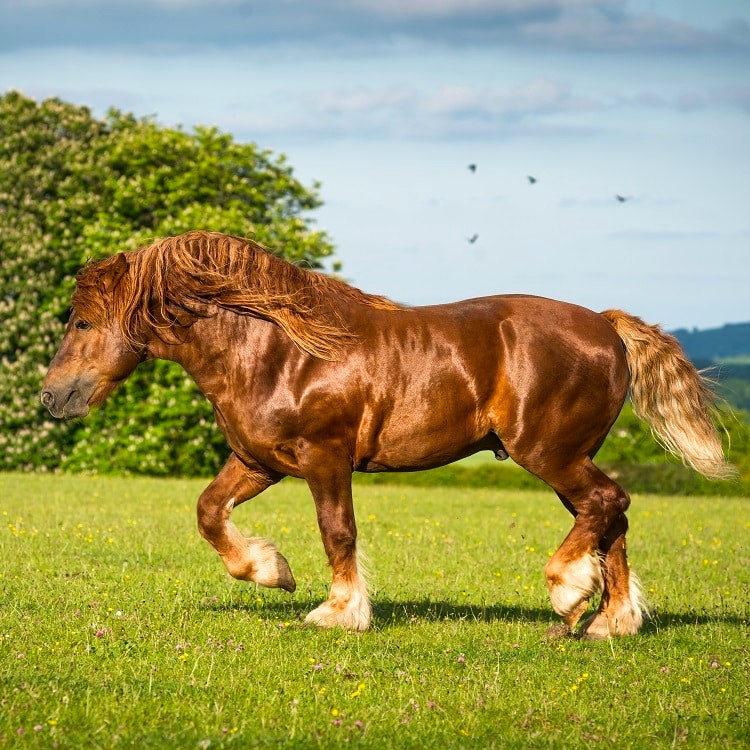
- Color: The coat color of Suffolk Punch horses have a bright chestnut coat and may vary in shades from light golden to liver chestnut. This breed is relatively consistent in color as well.
- Height and Weight: Suffolk Punch Horses stands 16.1-17.2 hands high and weighs 1980-2200 pounds. Their vital strength and stamina come from their large size and great weight.
- Body: Suffolk Punch horses have a strong and broad body giving them a pair of heavy legs. The huge body size of theirs is perfect for the heavy pulling work they were bred to do.
- Legs and Hooves: They Have short, strong legs and hooves are good for heavy loads. To cater to the labor demands on different terrains, their hooves are strong and reliable for use in a wide variety of work conditions.
- Head and Neck: Of medium proportions, with a kind and intelligent eye. And their muscular, arched neck just adds to it all and helps make them physically impressive.
People also read: Tips For Training Your Exotic Pet: Reptiles(2024)
Temperament
One of the Suffolk Punch’s beneficial features is its temperament. These horses are known for their quiet, cooperative and hard working mindset making them easy to train and handle. Their calm attitude makes them excellent for working in tight spaces for a long amount of time which is common in agricultural environments. This moderate attitude paired with their strength has made them popular with farmers and horse fans both.
Roles and Contributions of Suffolk Punch horses
- Agricultural Work: Suffolk Punch horses were used to plough, harrowing and cultivating fields. Their outstanding strength and dependability made them great for digging the heavy clay soils found in eastern England greatly minimizing the stress of farm labor.
- Logging: In the forestry sector, Suffolk Punches were valued for their ability to pull big logs and cross difficult landscapes. Their strength and calm temperament were excellent for moving logs in locations where automatic machinery was impracticable making them important for forestry workers.
- Transport: These horses were used to move big objects such as beer barrels in the brewing sector. Their strength helped them to carry heavy loads through tight streets and sturdy roads which helped the local economy and industries.
- Road Construction: It provided power to draw materials and equipment. Their capacity to handle high loads and work in harsh environments made them essential for infrastructure construction and maintenance.
- Heritage Farming and Recreational Activities: Nowadays Suffolk Punches are celebrated through heritage farming and traditional agricultural practices outlining their historical significance. They also engage in plowing competitions and driving events to show their talent and acknowledge their historical accomplishments and also teach the public about their duties in agriculture.

Modern-day Suffolk Punch Horses
Today, the Suffolk Punch Horses are considered a rare breed with ongoing attempts to preserve and promote its heritage. Modern farming practices and technology have reduced the demand for draft horses causing their population to decrease. However, organizations like the Suffolk Horse Society and different conservation groups are working hard to make sure that this unique breed increases. They organize breeding programs, raise public awareness and attend events to showcase the breed’s abilities and heritage.
Conservation Efforts
The conservation of the Suffolk Punch Horses includes maintaining the breed’s genetic diversity, encouraging its historical and cultural value and developing new roles for these horses in modern situations. They are frequently spotted in traditional farming, forestry and social events like driving and plowing competitions. Educational activities are also important in motivating future generations to value and promote the breed.
The Suffolk Punch Horse Society, along with other breed-specific organizations developed breeding strategies to increase the population while preserving the breed’s genetic purity. These groups also aim to raise public awareness about the value of protecting the Suffolk Punch. Events, exhibits and educational programs are used to showcase the breed’s heritage and benefits to agriculture and industry.
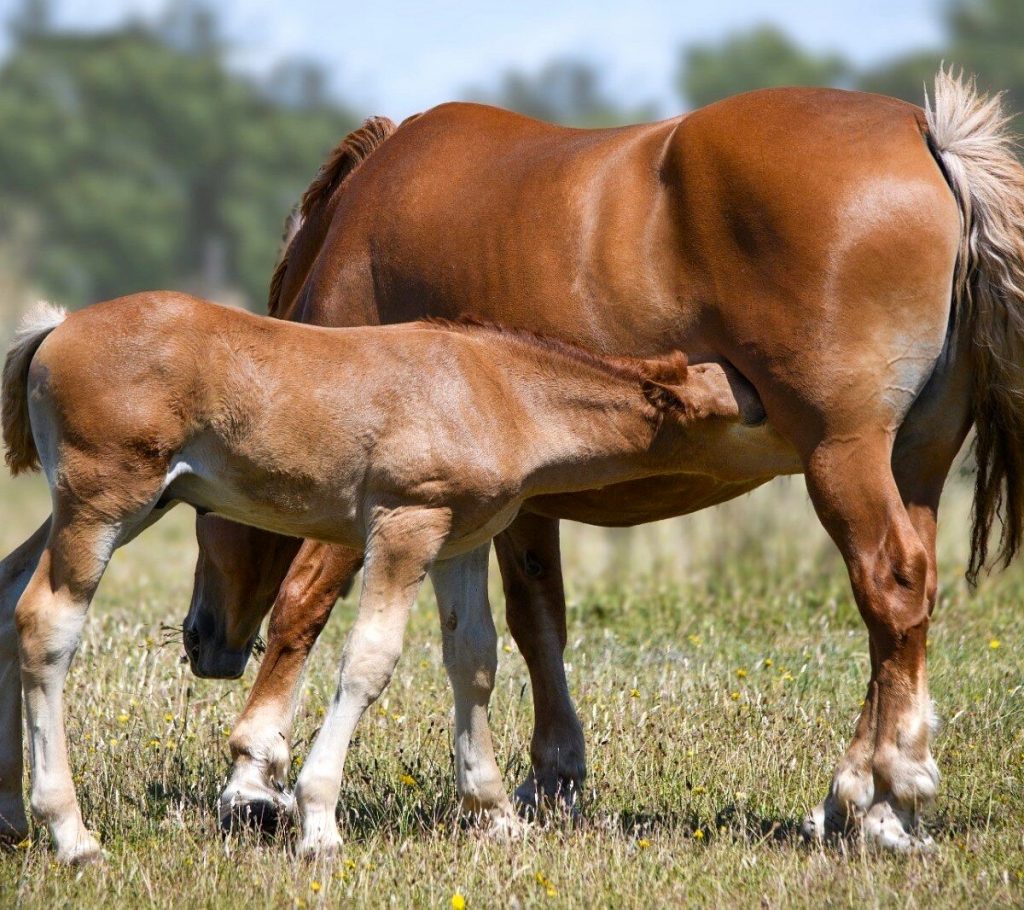
How to take care of the Suffolk Punch Horses?
- Provide a well-balanced diet of hay, grains and fiber-rich supplements. To address their higher hydration needs, ensure that they have continuous access to fresh, clean water.
- Provide large and properly ventilated stable/ with clean bedding to protect against bad weather. Give plenty of outdoor time for grazing and exercise, resulting in a secure and safe environment.
- Daily grooming, such as brushing the coat and washing the hooves helps to keep them healthy and avoid infections. To avoid foot problems, farriers must trim them on a regular basis.
- Schedule frequent veterinarian check-ups for vaccinations, dental care and overall health monitoring. To prevent internal parasites, establish a routine deworming plan.
- To keep them fit, make sure that they get regular exercise by working in harness or participating in contests. Gentle regular training helps them keep a peaceful attitude and gives mental stimulation.

Importance of the Suffolk Punch Horses
- Historical Importance: The Suffolk Punch shows the oldest draught horse breed that has had a most inspiring presence connected with English agricultural history over many many decades.
- Conservation efforts: Outlining the lack of the breed and regular conservation efforts gives an emphasis on conservation and creates public awareness.
- Versatility: Their ability to excel in both traditional farming and modern sports proves that they are fitting and flexible.
- Cultural Heritage: It gives a living connection with England’s rural heritage and preserving traditional farming practices.
Famous Suffolk Punch Horse In The World
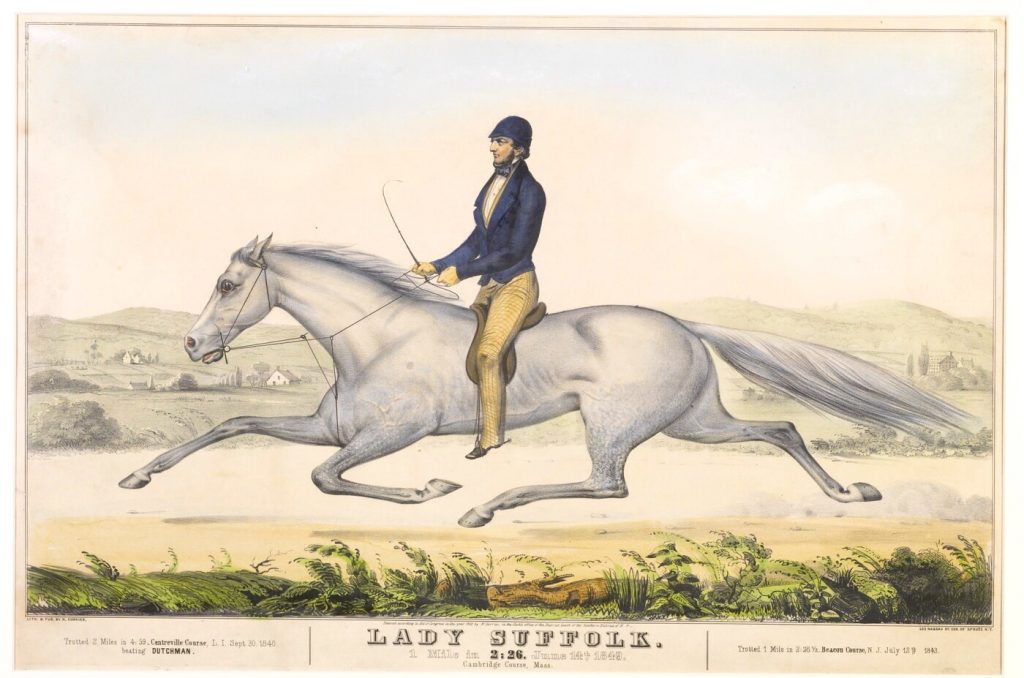
- Lady Suffolk was a popular Suffolk Punch horse, recognized for her contributions to the breed. It was born in 1901, grew to prominence in the early 20th century as one of the most famous Suffolk Punch horses.
- Lady Suffolk has received many awards for her achievements at various agricultural events and competitions. Her success has raised the image of the Suffolk Punch breed and demonstrated its strength and flexibility.
- Lady Suffolk is a famous example of the breed’s characteristics which has helped to boost the Suffolk Punch’s reputation as a loyal and powerful draft horse. Her success in events and breeding made her a key figure in the breed’s history.
Conclusion
The Suffolk Punch horse is not only a working beast that embodies the English countryside and human-horse bond but also a lot more. Their great power, gentle temperament and deep past are some of the qualities that make these horses worth preserving for posterity’s sake. These majestic creatures will hopefully be used in attempts to save and honor them as they can become a source of pride for our agricultural past and equine supremacy. It is by concentrating on conservation attempts and public interaction that we can ensure the ongoing importance of Suffolk Punch in our culture as well as agriculture.
Read more: Prevost’s Squirrel: The Colorful Arboreal Acrobat(2024)




